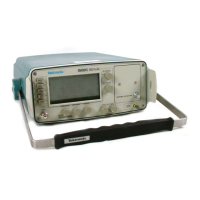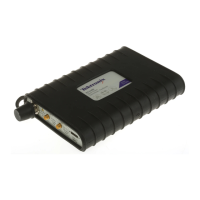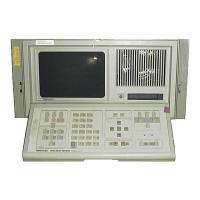Operating Instructions
2–16
1720/1721
In color television, the visual sensation of color is described in terms of three
qualities: luminance, hue, and saturation.
Luminance. Luminance is brightness as perceived by the eye. As the eye is most
sensitive to green and least to blue light of equal energy, green is a bright color
and blue is a dark color as conveyed by the luminance signal to monochrome TV
receivers.
Chrominance.
Chrominance is measured in terms of hue and amplitude. Hue is
the attribute of color perception that determines whether the color is red, blue,
green, etc. White, black, and gray are not considered hues. Hue is presented on
the vectorscope crt as a phase angle and not in terms of wavelength. For
example, red, having a wavelength of 610 millimicrons, is indicated as 104° on
the standard color phase vector diagram when the burst is at 180° for NTSC or
135° for PAL. The standard color phase vector diagram is shown in Figure 2-9
for NTSC and Figure 2-10 for PAL.
20
40
60
80
100
R-Y
90°
MAGENTA
61°
Q
33°
B-Y
0°
BLUE
347°
–I
303°
CYAN
284°
GREEN
241°
BURST
180°
YELLOW
167°
I
123°
RED
104°
Figure 2-9: NTSC standard color phase Vector diagram.
Color Measurements

